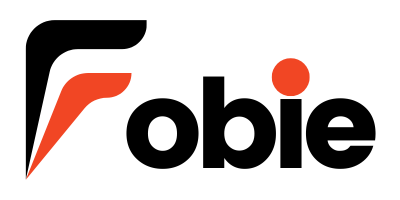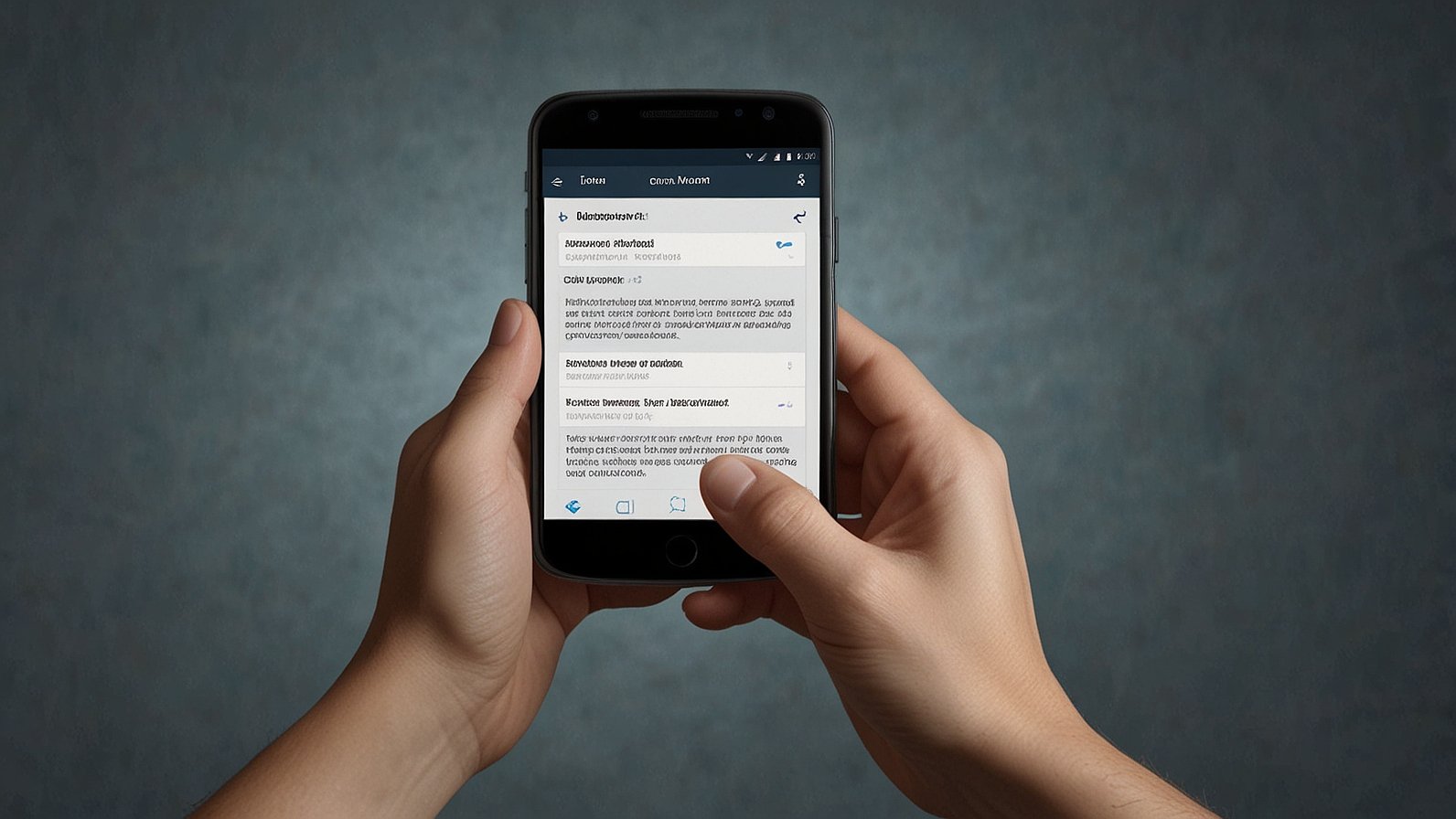Picture this: It’s Wednesday afternoon. The post-lunch slump has hit your classroom like a lead balloon. You know your students need math practice, but the mere mention of pulling out textbooks elicits groans audible from the hallway. You need energy. You need focus. You need… instant engagement. Enter the magic portal: the 99math join code.
Forget complex logins, forgotten passwords, and the dreaded “My account isn’t working!” wails. The beauty, the sheer elegance of 99math lies in how students get into the game. It’s not about individual accounts; it’s about a simple, powerful action: joining. One unique code, generated by you, the host, typed in by students. Boom. They’re in. Suddenly, math isn’t a chore; it’s a live, buzzing competition. Real-time. Feedback-rich. And honestly? Kinda thrilling. 99math join is the frictionless gateway transforming passive learners into active mathletes. Let’s break down why this mechanism isn’t just convenient – it’s revolutionary for modern classrooms.
The Login Labyrinth: Why Traditional EdTech Fails the Speed Test
Let’s be brutally honest for a second. How much precious instructional time evaporates while Susie tries to remember if her password has an exclamation mark or a number 1? Or while the system spins its wheels authenticating 25 devices simultaneously? It’s a drain. A soul-crushing, momentum-killing drain. Many well-intentioned math platforms get bogged down by the necessary evil of account management – security, data privacy, progress tracking. Worthy goals, absolutely. But in the daily grind of a 45-minute math block? That complexity becomes the enemy of engagement.
Teachers aren’t IT administrators. Students aren’t credential managers. We need tools that respect the pace of learning, especially when injecting gamification. This is the core problem the 99math join code obliterates. It bypasses the bureaucratic overhead and gets straight to the good stuff: practicing math.
Cracking the Code: How the 99math Join Process Actually Works (It’s Shockingly Simple)
Okay, so how does this wizardry function? It’s so straightforward it feels almost… subversive in today’s tech landscape. Here’s the play-by-play:
- The Host Sets the Stage: You, the teacher (or tutor, or parent running a group session), log into your 99math account. You choose a skill focus (say, multiplication facts for Grade 4 or solving one-step equations for Grade 6). You select the game mode. Then, 99math generates a unique game code – usually a simple combination of 4-6 letters/numbers. Think
GR4B7orMULT8. This is your golden ticket. - Students Get the Code: You project this code, write it on the board, share it via your LMS chat, or shout it out (old school works!). No individual student logins needed. None. Zip. Zilch.
- The Join Moment: Students navigate to the 99math join page (typically join.99math.com or a clear link you provide). They see a friendly input field. They type (or carefully tap) the code.
- Instant Access: Hit enter or tap join. Presto! They are instantly whisked into the live game lobby. They might be asked to enter their name (or a nickname) for that session only. No permanent account creation.
- Game On! Once everyone’s in (or time’s up!), you start the game. Timed rounds begin, students solve problems, see live leaderboards, get immediate feedback. The math magic happens.
Pro Tip: Seriously, try it yourself. Go to the join page right now and see how clean and uncluttered it is. It screams “Get me into the math, fast!” That’s deliberate design genius.
Beyond Convenience: The Pedagogical Power of Instant Access
Sure, saving 7 minutes of login chaos is fantastic. But the 99math join code unlocks deeper educational benefits that go way beyond mere convenience:
- Lowered Anxiety Barrier: For students hesitant about math, or tech, or both, a simple code feels infinitely less intimidating than creating and managing an account. It’s temporary. Low stakes. “Just try it” becomes a viable option.
- Maximized Practice Time: More time joining = more time actually doing math. More reps. More exposure. More fluency building. It’s simple arithmetic that adds up to significant gains.
- Universal Accessibility: Whether students are on school Chromebooks, personal tablets, library computers, or even a shared family device at home, the barrier to entry is virtually nil. No specific device setup or pre-installed software needed beyond a browser. This is HUGE for equity and remote/hybrid learning scenarios.
- Flexibility & Spontaneity: See a teachable moment? Notice the class needs a quick energy boost or skill refresher? Fire up a 99math game in under a minute. No pre-registration headaches. It empowers teachers to be responsive.
- Focus on the Math, Not the Mechanics: The cognitive load is reduced. Students aren’t juggling login steps; their brains are free to focus entirely on the mathematical concepts being practiced. Less friction equals more brainpower directed at learning.
- Formative Assessment Goldmine: While students are laser-focused on the game, you get a real-time firehose of data. Who’s struggling with what? Who’s blazing ahead? The platform tracks it instantly, giving you invaluable insights without administering a formal test. It’s assessment woven seamlessly into engagement.
Honestly, this last point isn’t talked about enough. The immediacy of the join process directly fuels the immediacy of the feedback loop – for both students and teachers.
Also Read: Level Up Your Word Game The Ultimate Guide to wordfinderx
99math Join vs. The World: Why Simplicity Wins the Classroom Battle
Let’s lay it out clearly. How does the 99math entry method stack up against typical edtech access models?
| Feature | 99math Join Code | Traditional Student Logins (Typical LMS/App) | Class Code + Nickname (Some Platforms) |
|---|---|---|---|
| Speed of Entry | ⚡ Lightning Fast (Seconds) | 🐢 Slow (Minutes, often with issues) | ⏱ Moderate (Faster than full login) |
| Student Prep Needed | ❌ None (Just the code) | ✅ Requires Account (Username/Password) | ❌ None (Just nickname) |
| Teacher Setup Per Student | ❌ Zero | ✅ High (Create accounts, manage creds) | ✅ Low/Moderate (Roster import?) |
| Tech Barrier | 📉 Very Low (Browser + Code) | 📈 High (Account recall, tech issues) | 📉 Low (Browser + Code) |
| Session Flexibility | ✅ Excellent (Ad-hoc sessions) | 🟡 Limited (Tied to accounts) | ✅ Good |
| Progress Tracking | ✅ Per Session (Host view) | ✅ Persistent (Per student account) | 🟡 Often Session-Only |
| Ideal For | Quick practice, live games, whole class, guest access | Long-term projects, individual portfolios, graded work | Semi-persistent groups, quicker access than full logins |
The Verdict? For spontaneous, engaging, whole-class skill practice and gamification, the 99math join code model is objectively superior. It removes the biggest friction point most edtech faces: getting started. When the goal is engagement and practice fluency now, simplicity reigns supreme. That persistent progress tracking in traditional systems has its place, sure, but it often comes at the cost of agility. 99math nails the “in-the-moment” learning experience.
Setting Up for Success: A Host’s Guide to Flawless Game Sessions
You’ve got the code. Students are ready. How do you ensure smooth sailing? A few battle-tested tips from the trenches:
- Display the Code CLEARLY: Project it large. Write it BIG on the board. If remote, paste it multiple times in the chat. Ambiguity is the enemy (“Was that a zero or an ‘O’?”). Use a clear font. Avoid easily confused characters if possible.
- Use the Direct Link: Alongside the code, provide the direct URL to the 99math join page (join.99math.com). Bookmark it on student devices if you can. Fewer steps = fewer errors.
- Set Expectations Early: “We’re doing a quick 99math game! When I show the code, go to join.99math.com, type it in, and use your real first name. Ready?” Briefing prevents chaos.
- Monitor the Lobby: As students join, their names appear in your host view. You can see who’s in. Give a 60-second warning before starting. “Almost everyone’s in… 30 seconds to join!” keeps stragglers moving.
- Choose Skills Wisely: The power is in your hands! Tailor the game to exactly what you’re working on. Don’t just default; use that skill selection. It makes the practice relevant and impactful.
- Debrief Briefly: After the game frenzy, take 2 minutes. “Wow, you crushed those fractions! I noticed many got tripped up on question type X… let’s glance at that quickly.” Connect the game back to the learning.
- Embrace the Anonymity (Sometimes): For super anxious students, allow nicknames. The focus stays on the math, not public performance pressure. The data still flows to you privately.
My Take: The first time you run it, expect a few hiccups. Maybe someone goes to the main site instead of the join page. It happens. By the second session? They’ll be pros. The learning curve is blissfully shallow.
The Student Experience: From Code Entry to Math Mastery
Let’s flip the script. What’s it actually like for the kid typing in that 99math join code?
- The Anticipation: They see the code go up. There’s a slight buzz. It feels different than “open your workbooks to page 42.” It signals something active, maybe even fun.
- The Action: Typing the code is satisfyingly simple. No hunting for a login button, no “Forgot Password?” panic. Straightforward input. Immediate result (entering the lobby).
- The Identity (Minimal): Typing their name or a nickname makes it personal without being burdensome. They claim their spot in the game.
- The Immersion: The timer starts. Problems appear. It’s go time. The interface is clean, focused. They see their avatar moving (if enabled), they see the live leaderboard – not just who’s first, but how they are doing relative to the class in real-time. This is key! It’s not just winning; it’s seeing their own progress bar fill, seeing their correct answers stack up.
- The Feedback Loop: Instantly knowing if an answer was right or wrong is incredibly powerful. No waiting for papers to be graded. Mistake? Adjust immediately on the next problem. Success? Dopamine hit. Reinforcement.
- The Post-Game: Seeing their final score, their position, maybe even a little celebration animation. It provides closure and a sense of accomplishment specific to that math skill.
This cycle – simple entry, clear focus, immediate feedback, visible progress – is incredibly motivating. It taps into intrinsic rewards far more effectively than a sticker chart for completed worksheets ever could. The join code is the first step in activating that powerful cycle.
The Future is Frictionless: Why Join Codes Are Here to Stay (And That’s a Good Thing)
Look, the 99math join code isn’t just a neat trick; it’s emblematic of a shift we desperately need in educational technology. We’re finally realizing that for tools focused on engagement and practice, especially in core subjects like math, the overhead must be minimal. The tech should serve the learning, not the other way around.
This model respects teachers’ time – our most precious, non-renewable resource. It respects students’ cognitive load, freeing up mental bandwidth for the actual task: solving problems, building fluency, maybe even discovering that math can be… enjoyable? (Radical concept, I know!).
While platforms requiring robust individual accounts will always have their place for deeper projects and portfolios, the rise of frictionless entry via codes or simple links is undeniable and, frankly, welcome. It lowers barriers, increases accessibility, and lets the learning objective take center stage instantly.
So, the next time you see that glazed-over look during math practice, don’t sigh. Don’t push through the slog. Generate a code. Point them to join.99math.com. Watch the energy shift. Watch the focus snap into place. Watch math become a game worth playing. Because sometimes, the simplest solutions – like a few characters typed into a box – are the most revolutionary. What’s stopping you from giving that instant engagement a try in your classroom tomorrow?
You May Also Read: cowordle Brings a Social Twist to Wordle – Outsmart Your Friends with Clever Wordplay
FAQs
Do students really not need any account at all? Ever?
For joining live games via a host’s code? Correct. Zero student accounts required. They just need the current game code and access to the join page. No sign-up, no email, no password creation. Some features might require accounts for persistent profiles, but core game access via join code does not.
What if a student joins late or misses the code?
The host controls the game start. You can usually wait a minute or two in the lobby. If a student misses the start, they typically can’t join an already running game session. Best practice is to run short, frequent games rather than one long one, giving more join opportunities.
Can students use the same code more than once?
Generally, no. Each game session has a unique, time-limited code generated by the host. Once that game ends, that specific code expires. You generate a new code for each new session. Don’t try to reuse old ones – it won’t work!
Is there a limit to how many students can join with one code?
Yes, but it’s usually quite high (often 200+). For a typical classroom or even a grade-level event, you won’t hit the limit. The constraint is more about the host’s ability to manage the session smoothly than the code itself.
Can students play outside of class time with the join code?
Only if the host is running a live game session at that moment and has shared the active code. The join code isn’t a permanent access key; it’s a temporary ticket to a specific, hosted event. They can’t use yesterday’s code today.
What devices work for joining?
Anything with a modern web browser (Chrome, Safari, Firefox, Edge) and internet access: laptops, Chromebooks, tablets (iPad, Android), even smartphones. The join page and game interface are designed to be responsive.
Is the join process secure? How do you prevent randoms joining?
Security relies on the uniqueness and obscurity of the code. While it’s theoretically possible for someone to guess a code, the combinations make it highly unlikely. Don’t publicly post codes far in advance or on open forums. Use them promptly when shared with your intended group.











